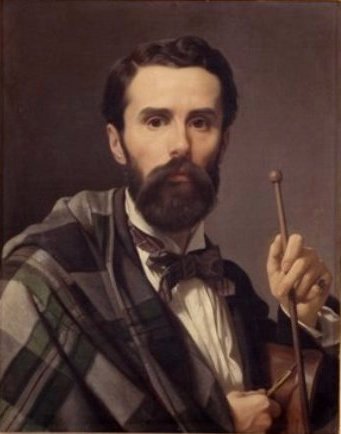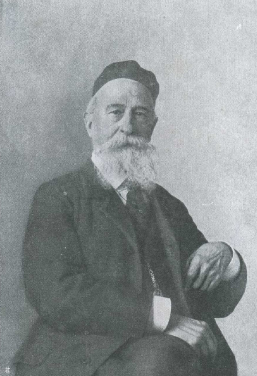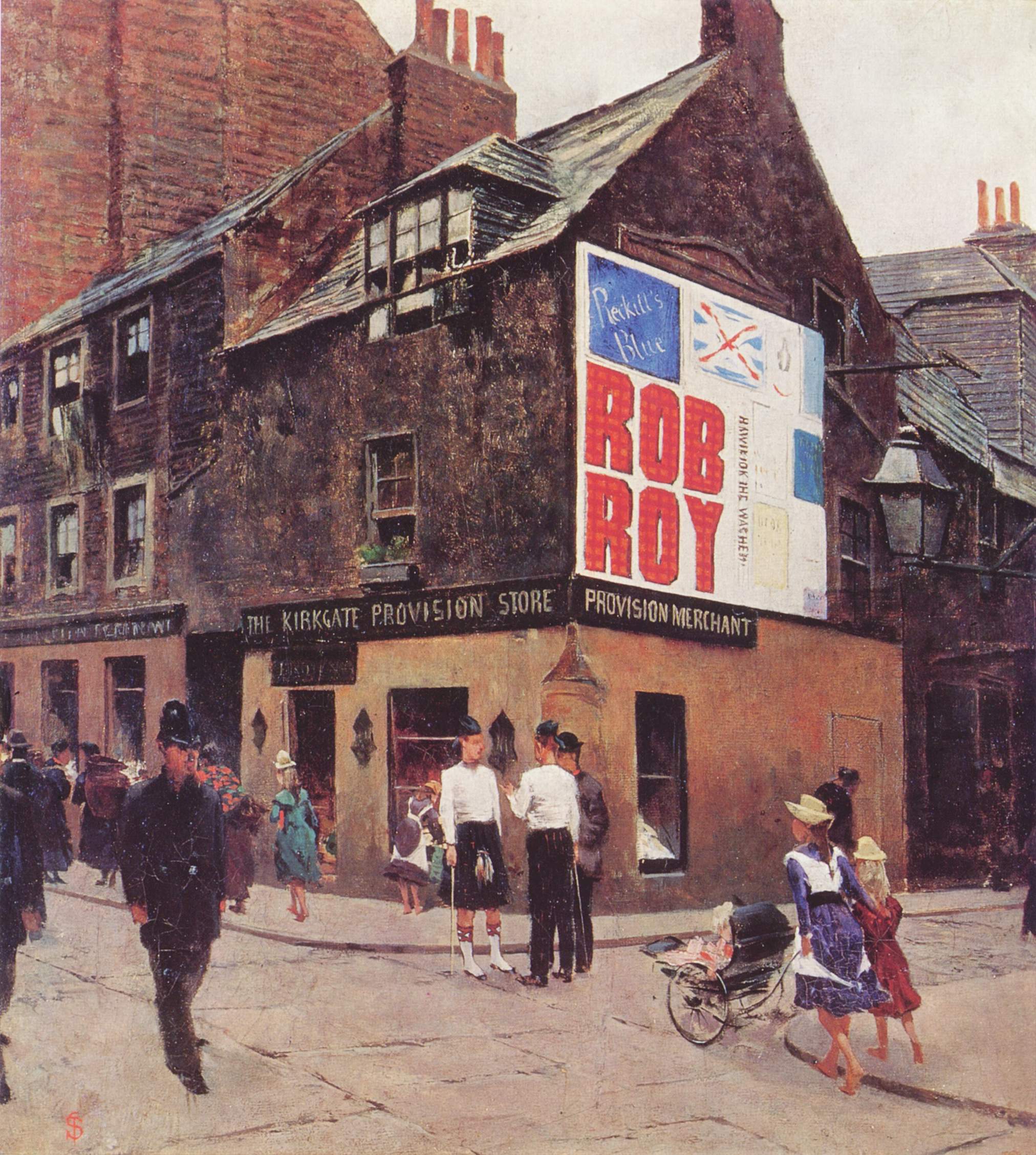|
Purismo
''Purismo'' was an Italian cultural movement which began in the 1820s. The group intended to restore and preserve language through the study of medieval authors, and such study extended to the visual arts. Inspired by the Nazarenes from Germany, the artists of Purismo reject Neoclassicism and emulated the works of Raphael, Giotto and Fra Angelico. The movement flourished through 1860, and reflected the taste for revivalist styles, which in Italy was fed growing interest in Italian national identity and artistic heritage. History The term "Purismo" was coined in 1838 to describe the paintings of that referred to the "primitive" Italian artists, from Cimabue to the first Raphael. This nostalgia paralleled changes in literary taste, which was looking back to Tuscan 14th century poetry and literature. In that way, Purismo was similar to the Pre-Raphaelite movement in Great Britain. The group's ideals were declared in their manifesto ''Del purismo nelle arti'', in 1842–43 which ... [...More Info...] [...Related Items...] OR: [Wikipedia] [Google] [Baidu] |
Luigi Mussini
Luigi Mussini (19 December 1813 – 18 June 1888) was an Italian painter, linked especially to the Purismo movement and to the Nazarene movement, Nazarenes. Life Mussini was born in Berlin, son of the composer Natale Mussini, ''Kapellmeister'' at the Kingdom of Prussia, Prussian court, and his wife Giuliana, musician and singer, daughter of the composer Giuseppe Sarti. He studied at the Accademia delle Belle Arti di Firenze, Accademia delle Belle Arti in Florence under Pietro Benvenuti and Giuseppe Bezzuoli. He began working with his older brother, Cesare Mussini, who had also trained at the Academy. In 1840 he obtained a study grant which enabled him to spend four years in Rome studying painting. He was inspired by the masters of the Quattrocento and in 1844 he opened a school in Florence, where among his students were Silvestro Lega and Michele Gordigiani. In 1848 he joined as a patriotic volunteer in the First Italian War of Independence. Disillusioned by the unhappy out ... [...More Info...] [...Related Items...] OR: [Wikipedia] [Google] [Baidu] |
Tommaso Minardi
Tommaso Minardi (December 4, 1787 – January 12, 1871) was an Italian painter and author on art theory, active in Faenza, Rome, Perugia, and other towns. He painted in styles that transitioned from Neoclassicism to Romanticism. Biography Minardi was born in Faenza, Italy to father Carlo, a pharmacist and mother, Rosa Stanghellini of Marradi. He initially had some instruction in Faenza with Giuseppe Zauli. Zauli and a local erudite writer, Dionigi Strocchi, helped him obtain from 1803 to 1810 a scholarship from a religious fraternity of Faenza, called the Congregation of San Gregorio. Strocchi wrote him letters of introduction in Rome to Prince Sigismondo Chigi Albano della Rovere, Prince Chigi. In 1810, he won a competition and a stipend from the Accademia di Belle Arti di Bologna. In Rome, his detailed engravings of masterworks, such as one of Michelangelo's ''The Last Judgment (Michelangelo), Last Judgement'', brought him praise. He briefly spent time with the engraver Long ... [...More Info...] [...Related Items...] OR: [Wikipedia] [Google] [Baidu] |
Amos Cassioli
Amos Cassiòli (10 August 1832 – 17 December 1891) was an Italian painter, of battle scenes, historical canvases and portraits. He worked in a Purismo style. Biography Cassioli was born in Asciano. After studying at the Sienese Academy of Fine Arts under Luigi Mussini, a stipend from Grand Duke Ferdinand IV of Tuscany, enabled him and Angelo Visconti to study in Rome. At the end of 1860 he established himself in Florence which, although he maintained his links with Siena, became his permanent home. Regarded as an excellent portraitist, Cassioli is also noted for his large-scale history paintings which include the ''Battle of Legnano'' (1860–1870, Florence, Galleria di arte moderna, Palazzo Pitti) and ''Il giuramento di Pontida'' (1884, Siena, Palazzo Pubblico). Between 1884 and 1886 he executed frescoes in the Sala del Risorgimento of the Palazzo Pubblico depicting the battles of San Martino and Palestro. He also painted and altarpiece for the Collegiata di Santa Maria A ... [...More Info...] [...Related Items...] OR: [Wikipedia] [Google] [Baidu] |
Alessandro Franchi (painter)
Alessandro Franchi (15 March 1838, in Prato – 29 April 1914, in Siena) was an Italian painter. He worked in a combination of Romantic and Neo-gothic styles, influenced by Purismo. Biography While still very young, he demonstrated his artistic abilities by copying religious works and making sketches of people in ceremonial costumes; worn during processions. His drawing master asked him to reproduce an image of Saint Anthony, made by Fra Filippo Lippi in 1498. On the basis of this, he was able to obtain a scholarship.Brief biography @ the Comune di Prato website. His formal studies began at a local school in Prato, operated by Alessandro Ferrarini (1815-1904). He then became a pupil of |
Nazarene Movement
The epithet Nazarene was adopted by a group of early 19th-century German Romantic painters who aimed to revive spirituality in art. The name Nazarene came from a term of derision used against them for their affectation of a biblical manner of clothing and hair style. History In 1809, six students at the Vienna Academy formed an artistic cooperative in Vienna called the Brotherhood of St. Luke or ''Lukasbund'', following a common name for medieval guilds of painters. In 1810 four of them, Johann Friedrich Overbeck, Franz Pforr, Ludwig Vogel and Johann Konrad Hottinger (1788-1827) moved to Rome, where they occupied the abandoned monastery of San Isidoro. They were joined by Philipp Veit, Peter von Cornelius, Julius Schnorr von Carolsfeld, Friedrich Wilhelm Schadow and a loose grouping of other German-speaking artists. They met up with Austrian romantic landscape artist Joseph Anton Koch (1768–1839) who became an unofficial tutor to the group. In 1827 they were joined by Jose ... [...More Info...] [...Related Items...] OR: [Wikipedia] [Google] [Baidu] |
Palazzo Pitti
The Palazzo Pitti (), in English sometimes called the Pitti Palace, is a vast, mainly Renaissance, palace in Florence, Italy. It is situated on the south side of the River Arno, a short distance from the Ponte Vecchio. The core of the present palazzo dates from 1458 and was originally the town residence of Luca Pitti, an ambitious Florentine banker. The palace was bought by the Medici family in 1549 and became the chief residence of the ruling families of the Grand Duchy of Tuscany. It grew as a great treasure house as later generations amassed paintings, plates, jewelry and luxurious possessions. In the late 18th century, the palazzo was used as a power base by Napoleon and later served for a brief period as the principal royal palace of the newly united Italy. The palace and its contents were donated to the Italian people by King Victor Emmanuel III in 1919. The palazzo is now the largest museum complex in Florence. The principal palazzo block, often in a building of this ... [...More Info...] [...Related Items...] OR: [Wikipedia] [Google] [Baidu] |
Macchiaioli
The Macchiaioli () were a group of Italian painters active in Tuscany in the second half of the nineteenth century. They strayed from antiquated conventions taught by the Italian art academies, and did much of their painting outdoors in order to capture natural light, shade, and colour. This practice relates the Macchiaioli to the French Impressionists who came to prominence a few years later, although the Macchiaioli pursued somewhat different purposes. The most notable artists of this movement were Giuseppe Abbati, Cristiano Banti, Odoardo Borrani, Vincenzo Cabianca, Adriano Cecioni, Vito D'Ancona, Serafino De Tivoli, Giovanni Fattori, Raffaello Sernesi, Silvestro Lega and Telemaco Signorini. The movement The movement originated with a small group of artists, many of whom had been revolutionaries in the uprisings of 1848. In the late 1850s, the artists met regularly at the Caffè Michelangiolo in Florence to discuss art and politics. These idealistic young men, dissatisfied ... [...More Info...] [...Related Items...] OR: [Wikipedia] [Google] [Baidu] |
Verismo
In opera, ''verismo'' (, from , meaning "true") was a post-Romantic operatic tradition associated with Italian composers such as Pietro Mascagni, Ruggero Leoncavallo, Umberto Giordano, Francesco Cilea and Giacomo Puccini. ''Verismo'' as an operatic genre had its origins in an Italian literary movement of the same name. This was in turn related to the international literary movement of naturalism as practised by Émile Zola and others. Like naturalism, the ''verismo'' literary movement sought to portray the world with greater realism. In so doing, Italian ''verismo'' authors such as Giovanni Verga wrote about subject matter, such as the lives of the poor, that had not generally been seen as a fit subject for literature. History A short story by Verga called ' (), then developed into a play by the same author, became the source for what is usually considered to be the first ''verismo'' opera: ''Cavalleria rusticana'' by Mascagni, which premiered on 17 May 1890 at the Teat ... [...More Info...] [...Related Items...] OR: [Wikipedia] [Google] [Baidu] |
Basilica Di Santa Maria Immacolata
In Ancient Roman architecture, a basilica is a large public building with multiple functions, typically built alongside the town's forum. The basilica was in the Latin West equivalent to a stoa in the Greek East. The building gave its name to the architectural form of the basilica. Originally, a basilica was an ancient Roman public building, where courts were held, as well as serving other official and public functions. Basilicas are typically rectangular buildings with a central nave flanked by two or more longitudinal aisles, with the roof at two levels, being higher in the centre over the nave to admit a clerestory and lower over the side-aisles. An apse at one end, or less frequently at both ends or on the side, usually contained the raised tribunal occupied by the Roman magistrates. The basilica was centrally located in every Roman town, usually adjacent to the forum and often opposite a temple in imperial-era forums. Basilicas were also built in private residences and i ... [...More Info...] [...Related Items...] OR: [Wikipedia] [Google] [Baidu] |
Giovanni De Min (painter)
Giovanni De Min (Belluno, October 24, 1786- Tarzo, November 23, 1859) was an Italian painter and engraver, active in a Neoclassic style. Biography His parents were of humble origins; his mother, Lucia Schiochet, was the domestic servant of Francesco Maria Colle, a professor of the Atheneum of Padua. In Padua, Demin first apprenticed with Paolo De Filippi, who noting his skills, and with the patronage of the Falier family of San Vitale, had him enrolled by 1804 at the Academy of Fine Arts of Venice, directed by Lattanzio Querena. There he studied alongside Francesco Hayez, and was a pupil of the painter Teodoro Matteini and Pietro Tantini. In 1808, De Min was awarded a stipend from the Academy to study in Rome. There he fell under the influence of neoclassical artists such as Canova. Returning to Venice, De Min mainly dedicated himself to fresco or panel decoration of houses and salons. His decorations (1817) of mythologic themes in the Palazzo Cicognara in Venice, using d ... [...More Info...] [...Related Items...] OR: [Wikipedia] [Google] [Baidu] |
Bartolomeo Pinelli
Bartolomeo Pinelli (November 20, 1781 – April 1, 1835) was an Italian illustrator and engraver. Life Pinelli was born and died in the Trastevere neighborhood of Rome, the son of an artisan who modeled religious statues. Pinelli was educated first in Bologna and then at the Accademia di San Luca in Rome. He return to live in Trastevere, then a poor quarter of Rome. His initial studio was on Piazza Sciarra on the Corso. His son, Achille Pinelli, was a famous watercolorist in his own right. An extremely prolific engraver, his illustrations depicted the costumes of the Italian people, the great epic poems and numerous other subjects, including popular customs. In general, the most recurring subject is Rome, the ancient city as well as the modern one: its inhabitants and its monuments. In his first years of independent work, he painted figures in watercolor in the style of the painter Franz Kaiserman. Starting in 1807, he produced an album of 36 watercolors, entitled ''Sce ... [...More Info...] [...Related Items...] OR: [Wikipedia] [Google] [Baidu] |


.jpg)





